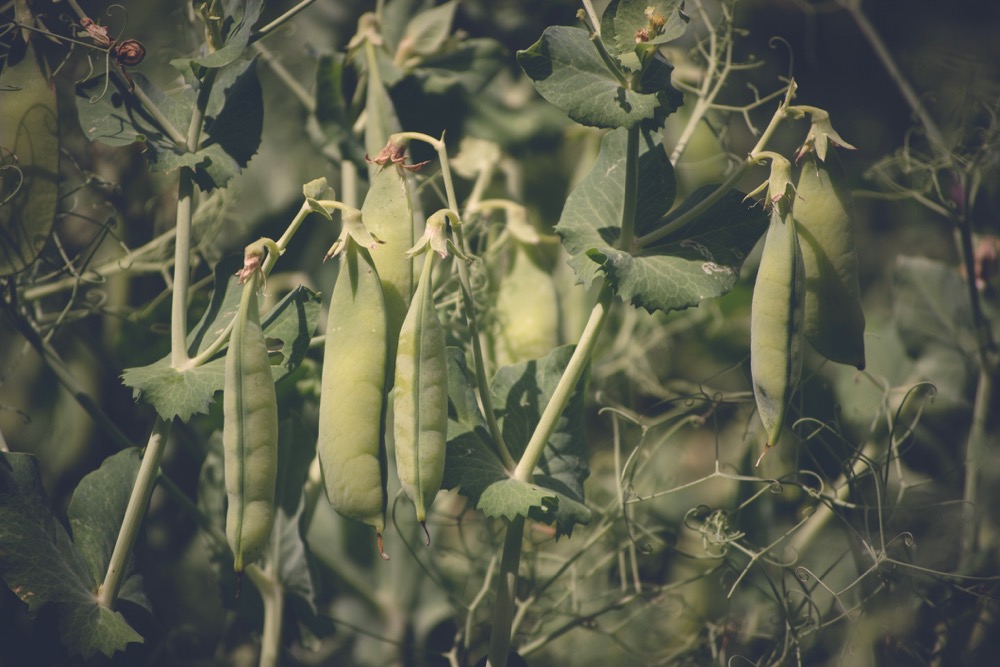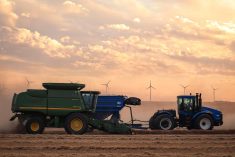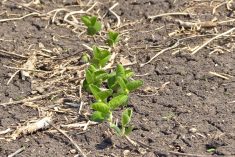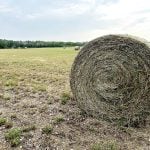CNS Canada — Record yields for Manitoba corn last year have raised the attractiveness of the commodity for many growers.
However, the chances for a delayed spring this year could dampen that enthusiasm, according to one industry watcher.
“If we get into a delayed planting situation we may see producers switch their corn acres into another shorter-season crop type,” said Pam de Rocquigny, general manager of the Manitoba Corn Growers Association.
In 2016, yields in Manitoba hit a record 146 bushels an acre, according to Manitoba Agriculture.
Read Also

Pulse Weekly: Yields coming into focus
Provincial agricultural departments are reporting pulse yields higher than Statistics Canada’s September estimates.
“It makes us wonder what could have been if we had ideal growing conditions as we had some challenging weather last year,” she noted.
In 2016, corn area in Manitoba was 345,000 acres, according to Statistics Canada, up from just 250,000 in 2015. At this point, de Rocquigny said, it’s too soon to say what will happen, but she believes corn could hit the 300,000-acre range.
The plant’s hardiness in the face of so much precipitation should serve it well.
“Corn can handle excess moisture conditions a little bit better, after crop establishment,” said de Rocquigny.
Recent warm weather has also given fields a chance to burn off some snowpack before springtime hits.
When it comes time to dry down the corn, de Rocquigny noted, producers will want to see as little moisture as possible.
“In the last five to seven years some guys were able to take corn off relatively dry, where they only needed to put it on aeration. More often than not, though, corn does require artificial drying to get it to safe storage levels,” she said.
Ideally, corn should hit physiological maturity in that September timeframe.
“Obviously the closer you can get to safe moisture storage levels out in the field the less cost there will be of artificially drying it. But like we saw last fall, sometimes that’s not an option,” she said.
— Dave Sims writes for Commodity News Service Canada, a Winnipeg company specializing in grain and commodity market reporting.













